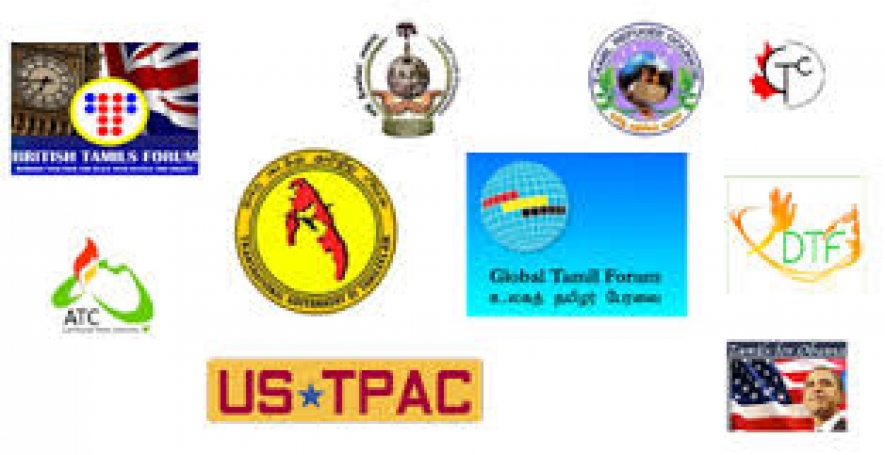Once a conflict ends, is the threat eliminated completely? Does the country simply return to normalcy without any post conflict challenges to address? Should security be relaxed? These are the pertinent questions that need answers...
Challenges Identified Post 2009
The LTTE reorganising themselves and their networks internationally
- The re-emergence of terrorism within Sri Lanka
- Extremist groups organising within Sri Lanka
- Impact of geographical and international developments
LTTE Structure (Prior to 2009)
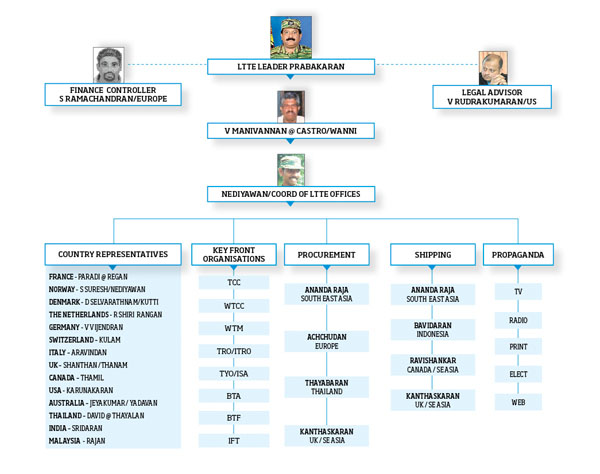
Despite the military defeat of the LTTE and elimination of its top leadership-Prabakaran and Castro-the LTTE international network remains intact and is actively pursuing the objectives of the LTTE. All other key individuals are still functioning overseas. However, the only difference is that a single person is not in-charge. The LTTE has a global presence and has exploited the approximately one million Sri Lankan Tamil diaspora where two thirds live in UK and Canada, creating a political environment and a funding base conducive for the LTTE to strengthen their network. While prior to 2009, there was a considerable number that supported the LTTE, a decline can be seen after 2009 where participation of the diaspora in events organised by pro-LTTE elements have decreased to a few hundreds from 15,000-20,000.
The Extent of The Tamil Diaspora and LTTE Organisations
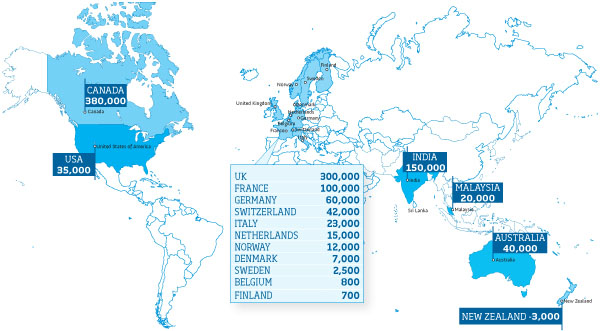
The Manner in Which the LTTE Expanded Overseas

With the demise of Prabakaran there was an internal tussle for leadership and the overseas network divided into four main groups. TGTE (Transnational Government of Tamil Eelam) headed by V Rudrakumaran, he was challenged by Nediyawan who was following the LTTE ideology in Norway and he formed the TCC. Vinayagam who was fourth in rank in the LTTE intelligence unit formed the HQ Group. He escaped from Sri Lanka during the final stages of the Humanitarian Operations and now lives in France. Though Vinayagam initially worked with Nediyawan, he too split from them and formed his own group. A fifth group emerged in Sri Lanka, about one and a half years ago, and this was controlled by Thevihan who was killed by the Security Forces this year.
LTTE International Network
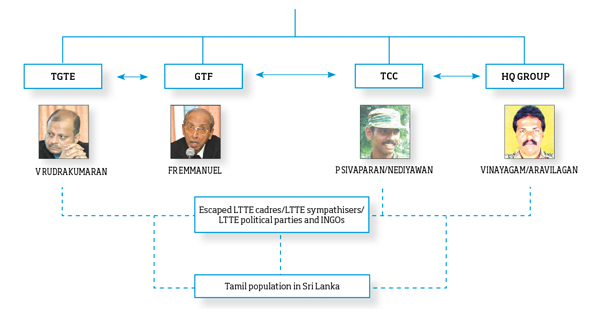
Father Emmanuel is a key figure in the LTTE overseas networks, since the members of the other groups cannot negotiate or work with others openly, Father Emmanuel undertook that role and formed the Global Tamil Forum (GTF). He is the main person who communicated with Rudrakumaran, Nediyawan, other groups as well as engage with Human Rights groups and representatives of other countries. However, all these international groups are trying to gain access to the people in the North and East. Initially they worked through LTTE activists, ex-cadres, political entities and NGOs that were aligned with the LTTE.
After the LTTE was militarily defeated in 2009, Rudrakumaran and other LTTE elements residing overseas, realised that they could not continue with terrorism. They conducted an election on two occasions in Europe, but out of those who were eligible to vote only seven percent voted and the TGTE was formed claiming eligibility. Though Kumaran Pathmanathan (KP) was the leader, Rudrakumaran overtook the leadership. He was functioning under the LTTE mantle even before 2009. With the creation of the TGTE, they appointed members of parliament, ministers and deputy ministers and they had their first session in 2010. However, they could not proceed further because Nediyawan split from the group. Additionally there were about 51 people who wanted to take control of the organisation, so they could not have elections after that and continued in the same positions.
Transnational Government of Tamil Eelam (TGTE)
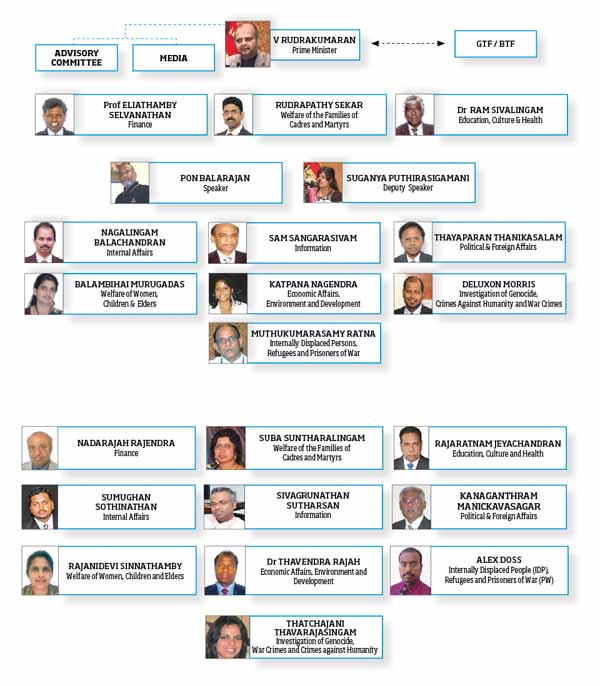

Nediyawan's Group
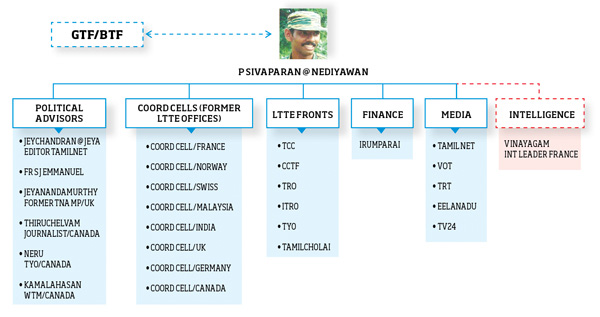
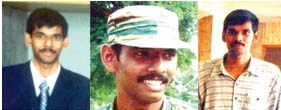 P Sivaparan alias Nediyawan followed the LTTE ideology and wanted to be the sole representative of the Tamils from the very beginning. He first established the Tamil Eelam Peoples Assembly (TEPA), then Tamil Coordinating Committee (TCC), which subsequently became the Tamil National Council. He had to frequently change the name of his organisation because every single time the Sri Lankan military were able to expose him. Nediyawan used various names to secure access to the people. He was the person in-charge of maintaining the database of the Tamil diaspora for the LTTE, while he was in the Wanni.
P Sivaparan alias Nediyawan followed the LTTE ideology and wanted to be the sole representative of the Tamils from the very beginning. He first established the Tamil Eelam Peoples Assembly (TEPA), then Tamil Coordinating Committee (TCC), which subsequently became the Tamil National Council. He had to frequently change the name of his organisation because every single time the Sri Lankan military were able to expose him. Nediyawan used various names to secure access to the people. He was the person in-charge of maintaining the database of the Tamil diaspora for the LTTE, while he was in the Wanni.
The Nediyawan group has a covert network, but they are unable to reveal it because they are part of the LTTE. They have political advisors, coordinating cells in western countries, LTTE front organisations and media outlets as well as an intelligence arm. These are all controlled by Nediyawan. Vinayagam who was in charge of intelligence and is based in Paris formed his own group-HQ Group.
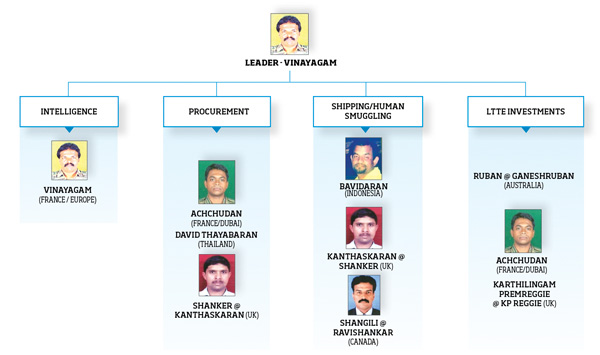
Rehabilitated Ex-LTTE Cadres as at December 2013
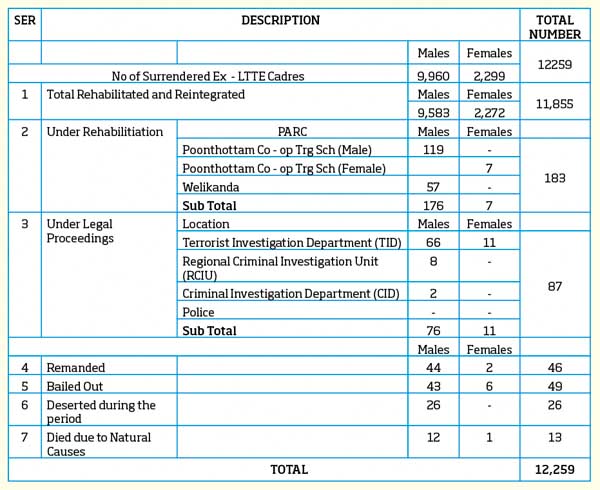
A red notice has been issued against Vinayagam, but he continues to communicate with the LTTE underworld members and criminal elements. They were responsible for organising two ships to transport people to Canada, but they were arrested and the ships captured. Though attempts were made to negotiate with them, red notices had to be issued for all of them.
Fr Emmanuel is considered as the most dangerous person to Sri Lanka because he is the central point that all other pro-LTTE groups coordinate with. Though he is a religious man he was in touch with Prabakaran and Castro, and had addressed gatherings in the Wanni during his visits to the country.
Global Tamil Forum
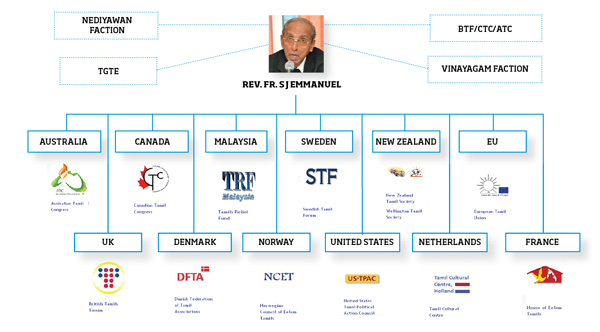
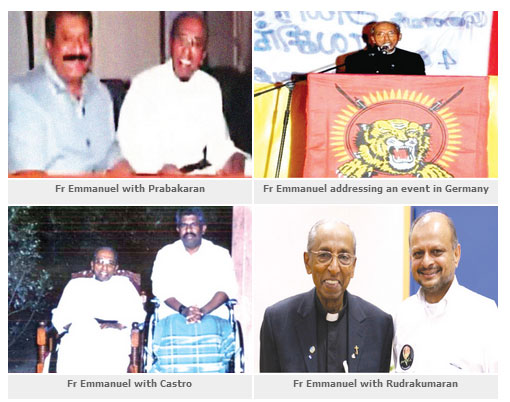
Resettlement of IDP Families in the Eastern Province as at December 1, 2013

Resettlement of IDP families in the Northern Province as at December 1, 2013
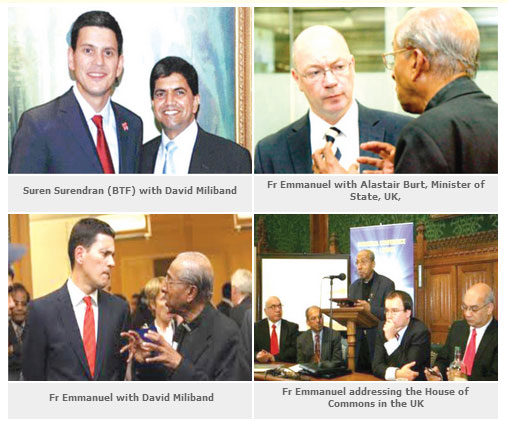
Fr Emmanuel travels to the UK, USA and other countries propagating the cause of the LTTE. He is seen addressing the House of Commons in the UK very frequently. These groups will support political parties and candidates who are willing to further their cause of Tamil Eelam.
The LTTE international networks collect funds through illegal means as well as fund raising, to finance media groups, local political parties and human rights activists, and organisations etc, where they in turn become partisan to the LTTE and its activities while lobbying other countries to take action against Sri Lanka.
Re-establishing of Democracy in the Northern Province - Voter Turnout


raining provided to Tamil Youth (TYO) of Australian citizenship in 2005 in the Vanni
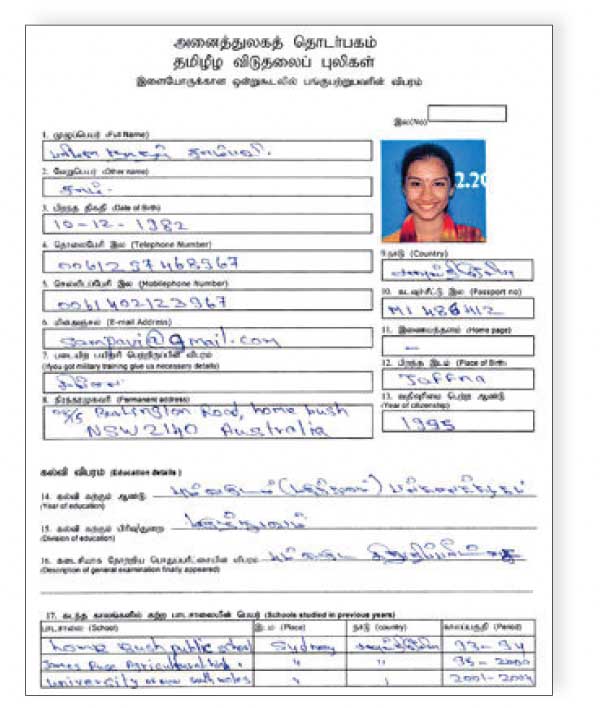
Sampavi's recruitment form joining LTTE
The recruitment of ?Sri Lankan Tamil nationals who are citizens of other countries to the LTTE is widespread and they are still very active within the LTTE. They are part of the GTF, TGTE, ATC, CTC, TYO, TCC and many more.
Thamilvani Gnanakumar is an LTTE/TYO activist who appeared on Channel 4 under false pretense. She is a citizen of UK. She came to Sri Lanka during the last phase of the Humanitarian Operations, trained as an LTTE member and was working with Castro. Even the British authorities were not aware of her whereabouts after she left from the UK to Sri Lanka, as she had not informed her relatives. It is only at the IDP centre that she declared that she is a British national. Meena Krishnamoorthy, who appeared on ABC, is also a LTTE activist and took part in training in Vanni along with one of the batches brought down from Europe for training.
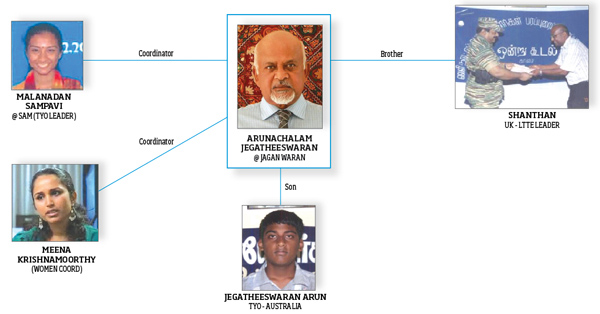
Arunachalam Jegatheeswaran who claimed that he was trapped in the Wanni during the Humanitarian Operations is an engineer by profession and built all the bunkers for the LTTE. His brother Shanthan is the LTTE leader in the UK (he was prosecuted by UK authorities in 2006) and his son is a member of the TYO in Australia. Jegatheeswaran coordinated between Thamilvani Gnanakumar and Meena Krishnamoorthy.
Security Forces Deployment January 2008
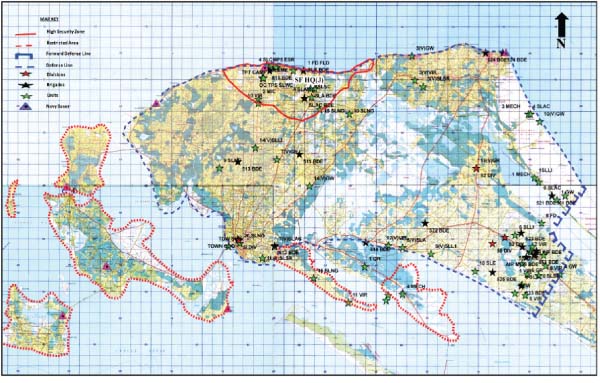
Security Forces Deployment January 2013
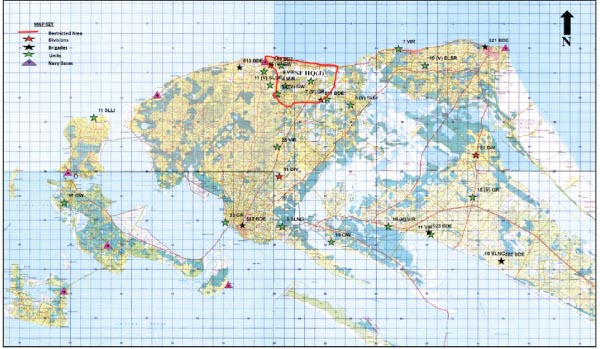
Reduction of High Security Zone in Jaffna

Previous High Security Zone
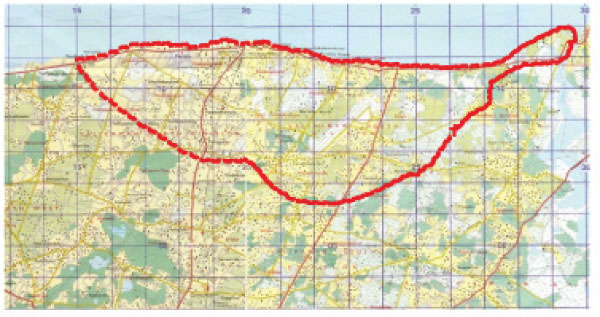
Presently Held Cantonment
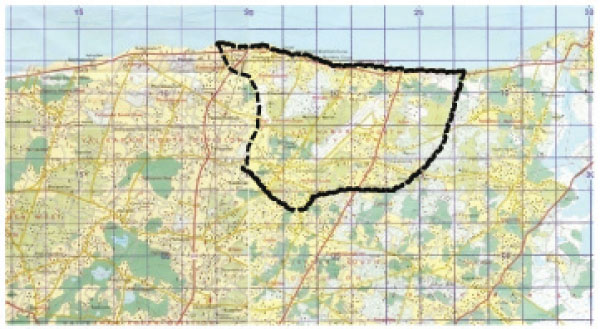
Security Forces Occupied and Released Private Lands in the North

Security Forces Occupied And Released Private Lands In North
![]()
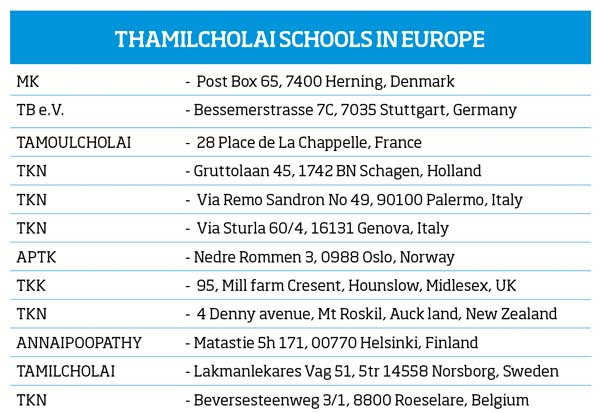
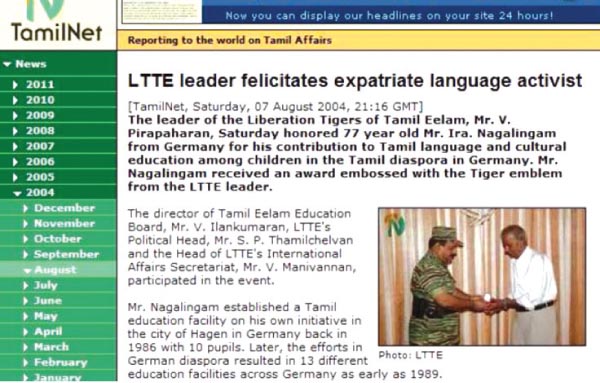
The LTTE had a long term plan so that another generation would continue to fight. While the first generation had lived in Sri Lanka, the third generation is citizens of foreign countries. In order to teach these children about the cause of the LTTE, they established a school system in Europe.
These schools were named Thamilcholai, initially within Sri Lanka. The first school in overseas came into being in 1995. The establishment of Thamilcholai was for the primary purpose of teaching the LTTE ideology. These schools are recognised by the respective countries and is also an additional qualification for the students to enter universities. During the ceasefire, Prabakaran invited some of the principals to the Wanni where they met with him.
In Europe alone there are more than 350 Thamilcholai schools with a total of about 20,000 students between the ages of four to 21. Each child is charged ten euros per subject and the parents get involved as well. Within this system political indoctrination began as far back as 1995 with the object of systematically fostering hatred and supporting violence against Sri Lanka and its people within the country as well as around the world.
The Re-Emergence Of Terrorism Within Sri Lanka
Since 2009, three attempts have been made by the LTTE to regroup and reorganise within Sri Lanka. Approximately 2,000 cadres have escaped during the Humanitarian Operations and live either in Sri Lanka or abroad. Though it is difficult for the LTTE to regroup in Sri Lanka, pro-LTTE groups overseas are attempting to facilitate the resumption of an armed struggle in Sri Lanka. And, these groups are presently linked to these cadres who have escaped. Furthermore, even after reintegration of rehabilitated ex-combatants, monitoring is required to ensure that new links are not formed with these overseas elements because they are making every effort to reconnect with these ex-combatants. The Security Forces continue to recover arms and ammunitions, explosives and equipment, while more could be still buried and accessible to these escaped cadres.
As a result of maintaining good security and intelligence, the attempts made by these pro-LTTE groups have been countered.
In 2012 Velayudan Ragunadan alias Muttu, a member of the EPDP was killed by a group of LTTE cadres under the instructions of Kamalanathan Sadeeshkumar (Kumaran) operating from France, under the leadership of Vinayagam. It was further revealed that Kumaran had moved to India in 2011 and organised a meeting with 15 ex-LTTE cadres to carry out disruptive activities in Sri Lanka. He had formed teams of three and sent one team to Sri Lanka in 2012 to kill any person who is giving information or who is a pro-government member and that is why they carried out the assassination in Trincomalee.
Based on Financial Transactions the LTTE Network that was Active from India
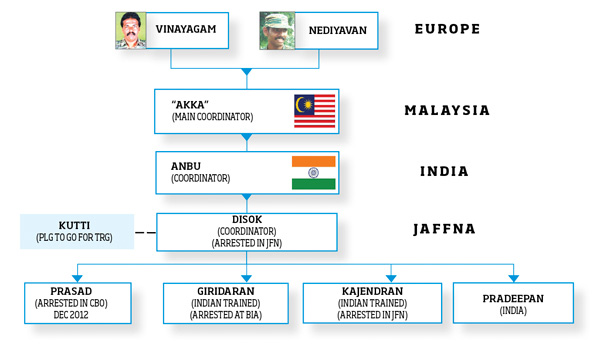
An ex-LTTE was arrested in Colombo in December 2012, which revealed an organised LTTE network that was operated from Chennai and funded by LTTE groups headed by Vinayagam and Nediyawan in Europe. Six persons including rehabilitated ex-LTTE female cadres connected to this outfit was arrested in Jaffna, which led to the arrest of four more individuals connected to the LTTE in Chennai. Three of them have been identified as former LTTE combatants and another is a LTTE cadre identified as an electronic expert. An important feature of this network is the involvement of those who have been ingrained with the LTTE ideology. Furthermore it was also revealed that the LTTE overseas elements had attempted to recruit youth with IT knowledge and youth who have experience in deep sea fishing from the fishing community.
Linkages Between the Re-emergence of LTTE in ?Sri Lanka and International Networks

Demining Progress as at September 2013
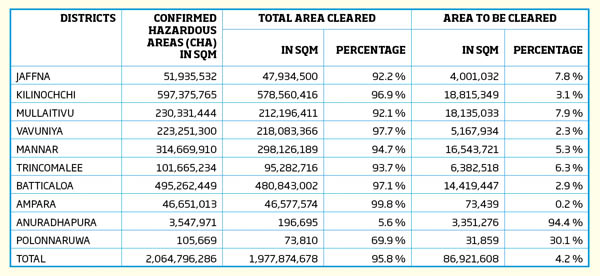
Demining Progress as at September 2013
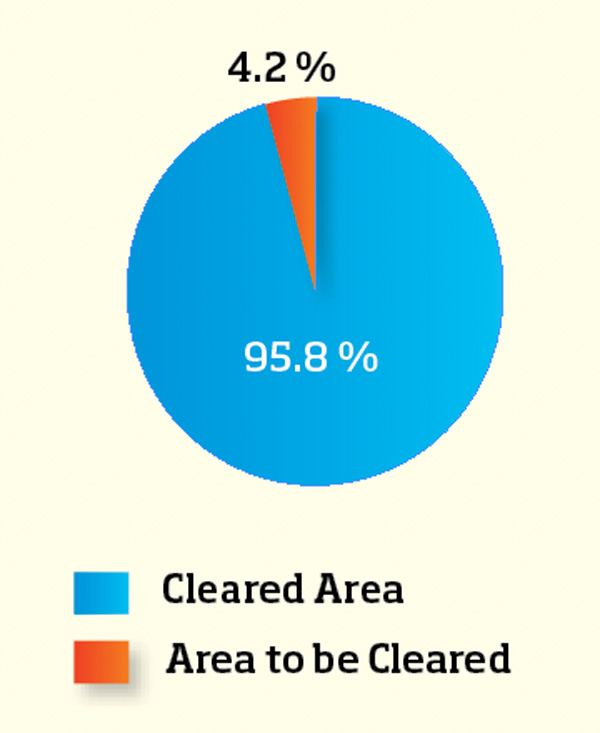

Scope of the Problem as at September 2013
De-Mininig Progress
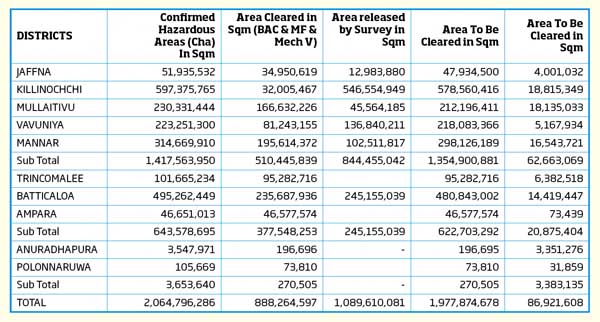
Two suspects involved in LTTE propaganda activity was taken into custody while distributing posters in Jaffna in March 2014. Following investigations conducted by law enforcement officers, they trailed a known ex-LTTE cadre by the name of Gobi who had escaped the Vavuniya Welfare Centre after the end of the conflict. The suspect was hiding in a house in Kilinochchi and when the team went to arrest him, he opened fire on the team and an officer was injured. The house he was hiding in was searched and an F-3 type metal detector was found. Investigations further revealed that they were to use this metal detector to find arms and explosives dumped by the LTTE. This metal detector had been stolen from an NGO involved in demining operations in the east of Vavuniya.
Investigations in this incident led to further arrests of eight suspects of which five were non-rehabilitated ex-combatants who had been assisting Gobi-who had been handled by a LTTE cell operating from Switzerland with links to Nediyawan group. An arms cache was recovered from one of the suspects, Ravindran Madini, who is a non-rehabilitated LTTE cadre from the Malathi regiment. A search of her house and premises revealed one metal detector, mortar bombs, RPGs, Thamilan (LTTE hand grenades), unserviceable claymore mine, T56 ammunitions and bore shotgun ammunition concealed in a plastic barrel. Gobi was staying at Balendran Jayakumari's house and upon her capture information was collected where the global networks were revealed.
Further investigation revealed that another senior non-rehabilitated LTTE intelligence cadre Appan and a non-rehabilitated LTTE cadre from the Radha regiment, Theivigan has surfaced. Another four suspects had been arrested on suspicion of terrorist activity, bringing the total number of arrested cadres to 12.
Five mine detectors had been stolen from DASH demining foundation-an NGO involved in de-mining operations in the Weli Oya area. Out of the five, three were recovered. This demining group had been infiltrated by an LTTE cadre by the name of Nishanthan who had posed as a photographer.
Through the support of the people in the North and East as well as the Up Country, the security forces were able to identify the general areas where the three leaders Thevihan, Gobi and Appan were hiding. Troops conducting search operations in the jungle area of Padaviya and recovered four back packs containing rations including medicine and clothes. The identified area was surrounded and the three armed LTTE cadres opened fire at the troops, when the resulting confrontation killed the three cadres-Thevihan, Gobi and Appan. The Judge, Magistrate and JMO from the area visited the site. All proper legal proceedings were followed.
One trawler was purchased two months ago from Beruwala, a man by the name Manaran was arrested in connection with this. 2.3 million rupees was provided by his own brother, Prabakaran's driver who is living in France, and the balance came from a Swiss national. He purchased this trawler to use it in deep sea on two occasions and what he wanted to do was communicate with India and also for cadre movement.
All these instances proved the vast global network of the LTTE, which is still very much active.
An Overview of Pro-LTTE International Networks

United Nations Security Council Resolutions 1267 and 1373
Resolution 1373 and 1267 were introduced after 9/11, where 1272 was to track down Al-Qaeda and 1373 was to track the finances of terrorists. Under the financing of terrorist organisations it is not only confined to Al-Qaeda but for all such organisations. This was brought in by the US. Subsequent to the passing of the Resolution of 1373, Financial Intelligence Units were established in many countries. Sri Lanka also benefited by establishing such a unit with IMF funds under the Central Bank.
This will enable the identification of persons, groups and entities, which are believed on reasonable grounds to be committing, attempting to commit, facilitating or participating in the commission of acts of terrorism. The substantial effect of an order under the regulation 1373 is that funds, assets and economic resources belonging to or owned by the designated persons or entities remain frozen until they are removed from the designated list. The Central Bank started investigations on the transfer of money. This was initiated in 2008.
As a result of these resolutions 424 names plus 16 organisations were identified as having LTTE connections. Terrorist organisations and individuals based overseas as such can be banned and their assets frozen according to the UN resolution 1373. These networks were clearly identified by Intelligence Services in Sri Lanka. There are clear linkages between these 424 individuals and 16 organisation with the TGTE, GTF, TCC and HQ Group. These records were collected from 2007 till today. Though information was received on more than 1,000 after an extensive screening process only 424 names were selected.
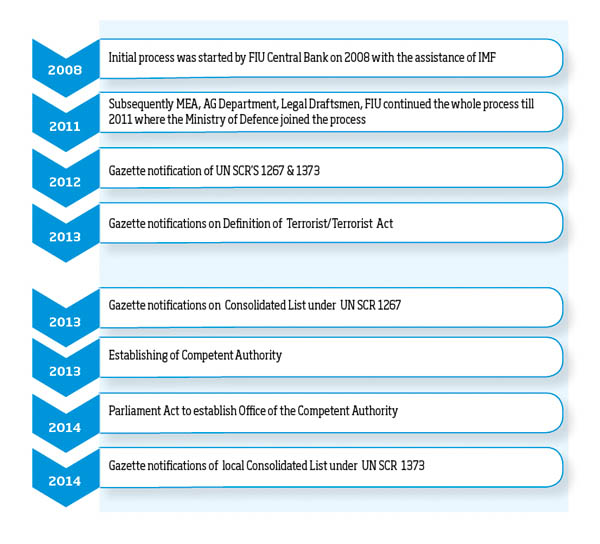
Postscript
Sri Lanka post 2009 is a peaceful, secure and stable country. But that does not mean that we should compromise on security. The country will not lose its grip because as soon as an attempt is made to revive terrorism there is an immediate reaction to ensure the stability of the country. A short term, medium and long term security strategy is in place where the entire intelligence community is vigilant. They will not let this country return to the dark days where we were plunged into a conflict for 30 years. The LTTE is banned in many countries including in the EU (except Norway and Switzerland), UK, Canada, India and USA.
However, LTTE international networks are mainly active in the West. It is noteworthy that the same elements that have played a key role in the destruction of peace and stability in the country, have today changed their stripes. They continue to pursue the LTTE ideology and objective. A thought to ponder.
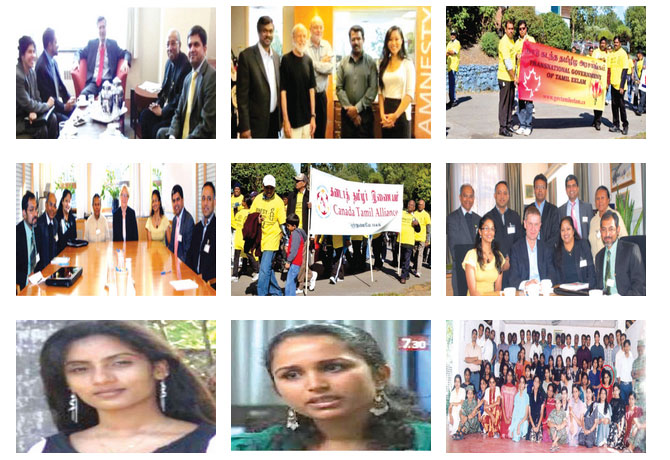
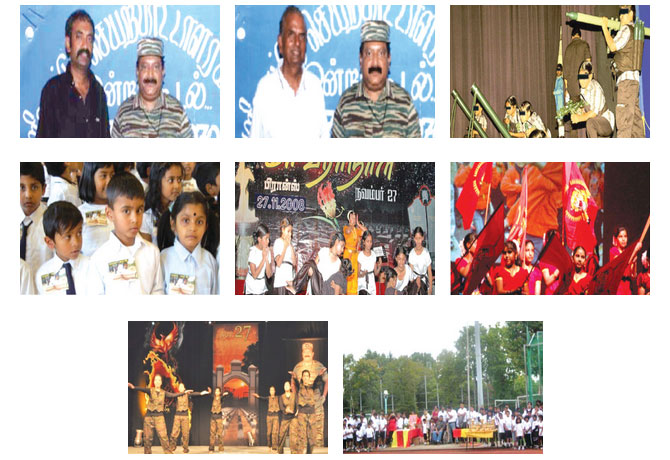
Courtesy : eyesrilanka.com

